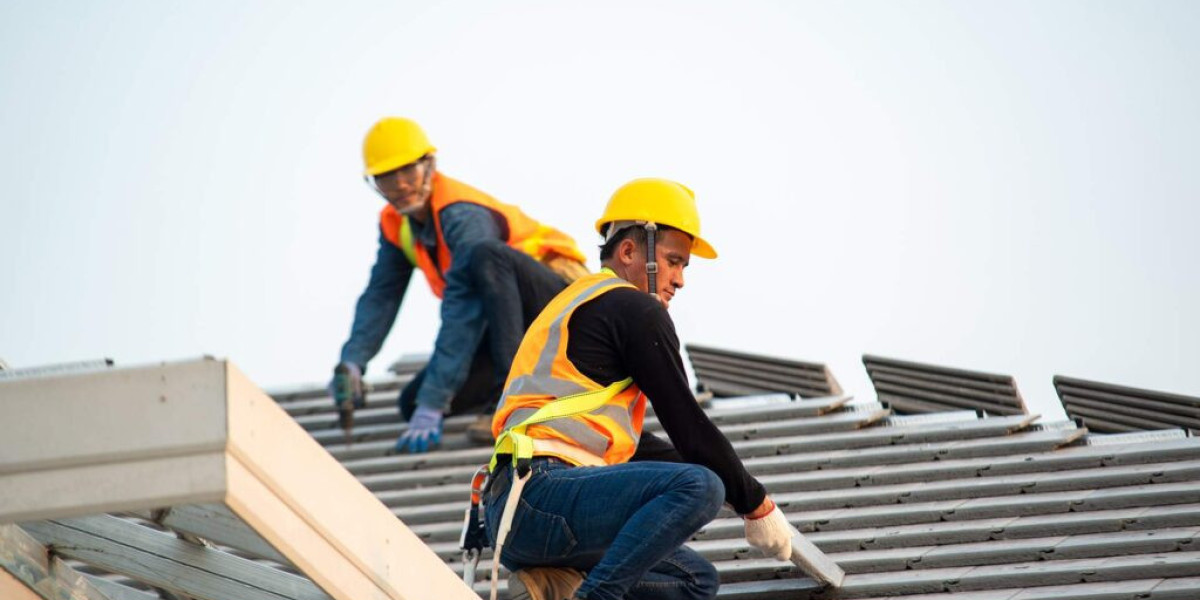In the contemporary world of architecture and construction, the profession of roofing and restoration service has become an increasingly vital pillar in the preservation and rejuvenation of the built environment. No longer simply reactive in nature, today’s roofing and restoration service has evolved into a complex and interdisciplinary field that demands a comprehensive approach to structural health, ecological sustainability, and historical preservation.
The transformation of this service reflects the broader societal shifts towards sustainable practices, climate resilience, and the preservation of architectural heritage. As buildings age, succumb to the pressures of environmental stressors, and witness the ravages of time, the ability to effectively restore and reinforce roofing systems has become a vital tool in both revitalizing existing structures and safeguarding their long-term viability.
A Holistic Approach to Roofing and Restoration: Beyond Aesthetic Repair
At its core, roofing and restoration service goes beyond simple repairs—it is a holistic endeavor that requires a synthesis of various disciplines, including engineering, architecture, environmental science, and sustainability. The scope of the service involves not just the restoration of roofing systems but also the long-term preservation of structural integrity, energy efficiency, and environmental harmony. This convergence of multiple fields allows professionals in the roofing and restoration service industry to make decisions that impact not only the building but also the community and ecosystem in which it resides.
Integrating Architectural Design and Functionality
A truly sophisticated roofing and restoration service does not operate in isolation. The roof is an integral part of a building’s architectural identity and must be treated with a sense of design sensitivity. Restoration projects must respect the original design while introducing modern materials and technologies that ensure structural soundness and energy efficiency. Whether reconfiguring a contemporary flat roof or reinstating a complex historic slate roof, a profound understanding of both architectural integrity and roofing technologies is necessary for optimal outcomes.
The artistry of roof restoration lies in the careful balance between preserving aesthetic values and upgrading functional performance. By utilizing specialized roofing and restoration service techniques, the original design intent can be maintained while achieving contemporary standards of comfort, efficiency, and resilience.
The Science of Materials: Advances in Roofing and Restoration Service
Material innovation has radically transformed the landscape of roofing and restoration service, with advanced materials now serving as the backbone of roofing systems designed to address both practical needs and aesthetic demands. The integration of high-performance materials allows roofing systems to not only meet but exceed industry standards in durability, thermal efficiency, and environmental stewardship.
Energy-Efficient Roofing Materials
In the context of climate change and rising energy demands, energy-efficient roofing materials have become essential. Modern roofing and restoration service providers often implement reflective coatings, cool roofing systems, and green roofs to reduce energy consumption and mitigate heat island effects. These technologies enhance a building’s insulation properties, reducing the need for artificial heating and cooling, lowering utility costs, and promoting sustainability.
Reflective Roofs: Special coatings that deflect sunlight to reduce heat absorption, ensuring that interiors remain cool in hot climates.
Green Roofing: A system that incorporates plants into the roofing structure, providing natural insulation, improving air quality, and contributing to biodiversity.
Cool Roofs: Designed with materials that reflect more sunlight and absorb less heat, cool roofs help to reduce the "urban heat island" effect, thereby contributing to the cooling of cities.
These innovations, which form the cornerstone of modern roofing and restoration service, demonstrate a shift towards integrating functional efficiency with environmental consciousness.
Long-Lasting Materials for Restoration
As part of the restoration process, roofing and restoration service specialists utilize a range of durable materials to extend the life of roofs and prevent further damage. Modern solutions include:
Polymer-modified bitumen membranes: These materials combine the durability of traditional asphalt with the flexibility and longevity of synthetic polymers, offering superior protection against water infiltration and extreme weather conditions.
Reinforced concrete tiles: Known for their resistance to the harshest weather conditions, these tiles are used to provide long-term protection against UV degradation, thermal expansion, and moisture ingress.
Synthetic slate and clay tiles: These materials offer the aesthetic appeal of traditional roofing without the weight and fragility, making them ideal for restoration projects in both historic and modern contexts.
By using these advanced materials, roofing and restoration service providers not only enhance the durability and aesthetics of roofs but also ensure that the structure is well-equipped to withstand the rigors of climate change.
The Role of Roofing and Restoration Services in Sustainable Urban Development
As urbanization accelerates globally, roofing and restoration service has emerged as a pivotal component in the construction of sustainable cities. By restoring and enhancing existing buildings, roofing and restoration service can significantly reduce the environmental impact associated with the demolition of older structures. The focus has shifted to retrofitting and restoring roofs, not just to meet modern building codes but also to meet sustainability standards that are critical to the future of urban development.
Adaptive Reuse and Roof Restoration
One of the central tenets of sustainable urban development is the concept of adaptive reuse—the process of repurposing existing buildings to meet contemporary needs. Roof restoration plays a central role in this process, as it ensures that aging structures can be effectively repurposed for new uses while maintaining their historical integrity.
Roofing and restoration service specialists must be well-versed in the principles of adaptive reuse, ensuring that any interventions align with both functional requirements and environmental goals. This includes improving insulation, implementing green roofs, and retrofitting with energy-efficient technologies, ensuring that buildings meet modern performance standards while preserving their historical charm.
Climate Resilience: Preparing Roofs for the Challenges of Tomorrow
In the face of increasingly extreme weather conditions, roofing and restoration service has become essential for bolstering the resilience of buildings against the forces of nature. Natural disasters such as hurricanes, flooding, hailstorms, and extreme temperature fluctuations have made it clear that traditional roofing systems are often insufficient in protecting buildings over the long term.
Modern roofing and restoration service providers must anticipate the increased severity of climate-related events and design roofing systems that are both resilient and adaptive. This includes using storm-resistant materials, upgrading drainage systems, and reinforcing roof structures to withstand high winds and heavy rainfall. Furthermore, the integration of smart roofing systems—which can detect leaks, monitor moisture levels, and even adjust ventilation in real-time—further enhances a building’s ability to adapt to changing environmental conditions.
Future-Proofing Roofs: The Next Frontier
The next frontier in roofing and restoration service lies in the integration of smart technologies and Internet of Things (IoT) systems. Imagine a roof equipped with sensors that detect potential issues before they become major problems—whether it’s moisture buildup, cracks in materials, or structural instability. By utilizing real-time data, roofing and restoration service professionals can anticipate maintenance needs and extend the lifespan of the roofing system, ultimately saving property owners time and money.
Additionally, the growing emphasis on climate-positive building strategies will push the roofing industry to innovate beyond carbon-neutral standards, moving towards carbon-negative roofs that actively contribute to environmental restoration.
The Socioeconomic and Cultural Impact of Roofing and Restoration Services
The value of roofing and restoration service is not merely economic or functional—it is also deeply socio-cultural. High-quality roofing systems provide both protection and security, contributing to the well-being of residents and the aesthetic cohesion of neighborhoods. Furthermore, the act of restoring a roof, especially in the context of historically significant buildings, can preserve the cultural heritage of entire communities, reinforcing a shared sense of identity and continuity.
The roofing and restoration service industry thus plays a critical role in enhancing the resilience of communities—not only by providing physical shelter but also by preserving the social fabric that binds individuals to their surroundings.







